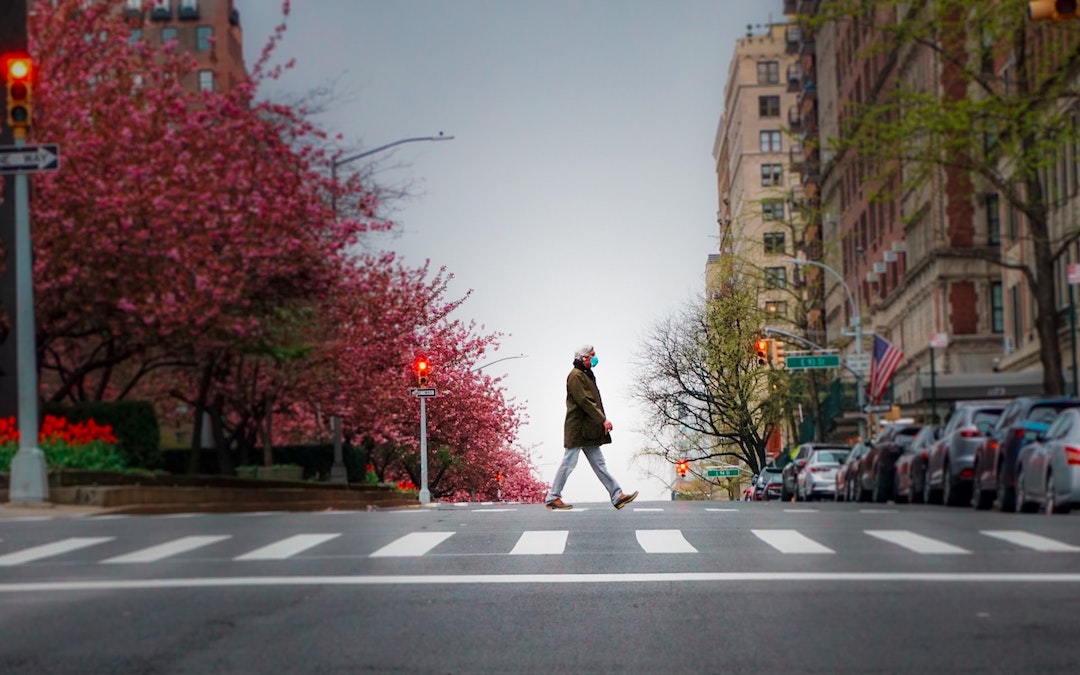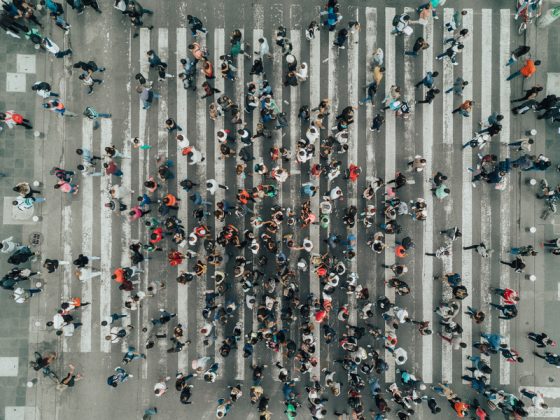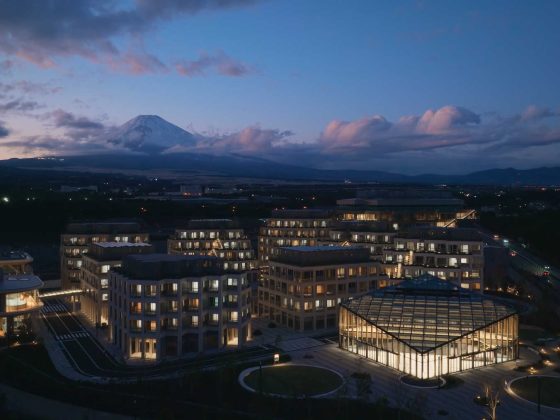There was a time before the pandemic when people valued being able to walk to and from work. The daily nine to five grind may be hard, but not if it’s easy enough to commute to work by walking. Things changed when the pandemic broke out and people started to see the value of living somewhere there’s not that much of a crowd.
There’s no substitute for being able to avoid the long ride home and walking instead, but that’s not a thing during the pandemic. Fortunately, aside from it giving new homeowners some of the best mortgage loan rates, buying a new house makes sense today since it gives Americans the freedom to live in homes that aren’t located to each other. It affords them the feeling that they won’t get the virus through transmission.
Millennials have been one of the top age groups fueling the movement from the cities to the suburbs. Here’s why their plans to move out of the city were sped up during this pandemic.
A Change in Schedules
Some people suddenly found themselves working from home. There are those who used to live in the then-bustling city centers, only to begin work from home when the pandemic hit. With the extra income, more of them – who were already looking for a home they can buy away from the city centers-had the opportunity to buy these.
While these may be far away from the city, that doesn’t matter anymore. Most of these workers have prior arrangements where they’ll be working remotely most of the time. According to a Monster poll done on the pandemic, 18% of companies are into remote working arrangements to let their employees work from home, making the most of social distancing.
The Search for More Space
The move away from city centers is fueled by one reason: space. Most of these office workers aren’t into living in close-knit conditions. With the pandemic, there’ll be little to no backyard barbecues anyway, and if you have one, it’ll mostly be composed of the people who are at home with you.
The surge in suburb real estate buying has been felt by most real estate agents. A common ground that’s been seen is that most people are looking for more space, whether it’s indoor for a home office setup, or outdoors – to work in truly unique arrangements, even if only during the pandemic.
The City Had Grown Expensive
With a lot of people staying at home, there’s nothing attractive in the city anymore. Before the pandemic, you could do whatever you want in the city – walk to work, eat at the local deli, and catch a movie at the nearby theater. Those are closed and off-limits during the pandemic.
Instead, what people found that they could do was to take in the lower cost of living, where you could fill up your gas at lower prices and take advantage of the lower local fresh produce rates.
As Far Away from Density as Possible
There was a time when cities weren’t as dense as they are now, but they’ve grown to such an extent that it isn’t helping anymore, especially during the pandemic. New York is a perfect example – the city continues to suffer under the pandemic, while relatively open suburban places nearby aren’t sharing in this problem.
Gov. Andrew Cuomo perhaps said it best when he described New York City’s density, saying that it’s “about the number of people in a small geographic location.” It allowed the virus to thrive, passing from one person to the next rapidly. That kind of thing doesn’t happen when you’re a block or two away from your nearest neighbor.
Moving During a Pandemic is Not New
This isn’t the first event when people living in the city have demonstrated the diaspora during a pandemic. Historically, people who lived in cities moved out of it and started to find properties in other neighborhoods like lower Manhattan. The cholera epidemic of the 19th century is a prime example.
People who could afford started to move out of the city. It’s a peculiar picture, too; the land was advertised based on how healthy it is to live there, not how far it is from the city or how you’re going to get to your job from there.
While this current pandemic is in effect, you’ll see more people move out of their homes in the city and search for permanent dwellings somewhere relatively nearby. It’s the perfect time to sell your property or find a cheap one, too.










